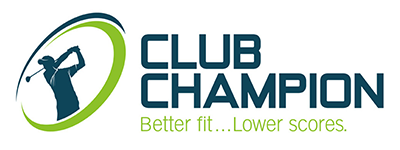Practice
How much should you?
Practice Guide
Time Applied vs. Scoring Results
How much should I practice?
This is a great question that you should ask yourself when starting to learn anything that requires building motor patterns, for example: playing golf, playing a musical instrument, or learning a new language. You should also prepare yourself for the answer of, "A LOT". Just like any other motor skill you've performed in your life, the best way to learn it is by repeating small tasks at first. Eventually the small patterns grow into larger subconscious and automatic motor patterns. There's more to it than just repeating the task slowly in small pieces, but this is a baseline for your learning environment. Each time you perform the task and fail, you must understand why you failed and how you need to improve it to be successful, then you will repeat the task with an attempt at applying your new understanding for improvement.
Perfect Practice!
"If you want to increase your success rate, double your failure rate." -Thomas J. Watson, former CEO of IBM
Your failures lead to your sucesses. Practice doesn't make perfect,
failing makes perfect practice. Along with that idea, the quality of practice is most often more important to someone learning how to golf than the quantity of practice. This is why you should establish goals, write them down, and try to achieve them. These should be S.M.A.R.T. Goals.
For example:
My goal is to make 25 putts in a row from 4-feet before I leave the putting green today.
My goal is to play 18-holes without a 3-putt within the next 2 months.
What to Expect
If you apply the ideas mentioned above with your practice efforts, this is what you can typically expect as a result. Mental game as well as strength and conditioning are grouped into these practice times.
| Daily(hrs) | Weekly(hrs) | Golfer Type | 18-Hole Score | Notes |
|---|---|---|---|---|
| < 30 min | < 3 | One that needs to practice more | 130+ | No one wants to play with you. You're lucky if you hit the ball on the first 3 swings on any shot. |
| 45 min | 3-4 | Mediocre | 100-129 | You can hit the ball off a tee but don't know which direction it will go. You three-putt (or more) 10-18 times a round. You top the ball or hit fat iron shots, chips, and pitches. |
| 1-2 | 5-10 | Bogey Golfer or High School JV | 85-99 | You're able to make your way around the golf course. You might have a few blow-up holes, several 3-putts, and penalties. Other golfers are happy to play with you. |
| 3-4 | 15-20 | High School Varsity, Junior College, NAIA, NCAA D2 & D3 | 74-84 | Your awareness of mental game, shot selection, and controlling distances are more defined. Your short game is the key to improving from here. |
| 4-6 | 20-30 | NAIA, NCAA D1 & D2, Mini Tours | 68-73 | Highly competitive. You can produce any ball flight and curvature desired. Mental stamina, endurance, and short game are the keys to longevity. |
| 6+ | 30+ | Mini Tours, PGA Tour & LPGA Tour | 67 or less | Touring professional. You know how to get the job done and win. |




